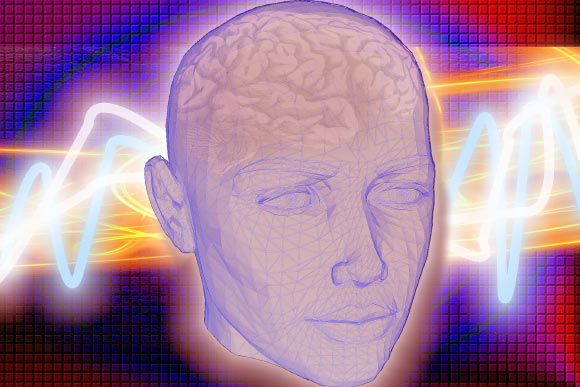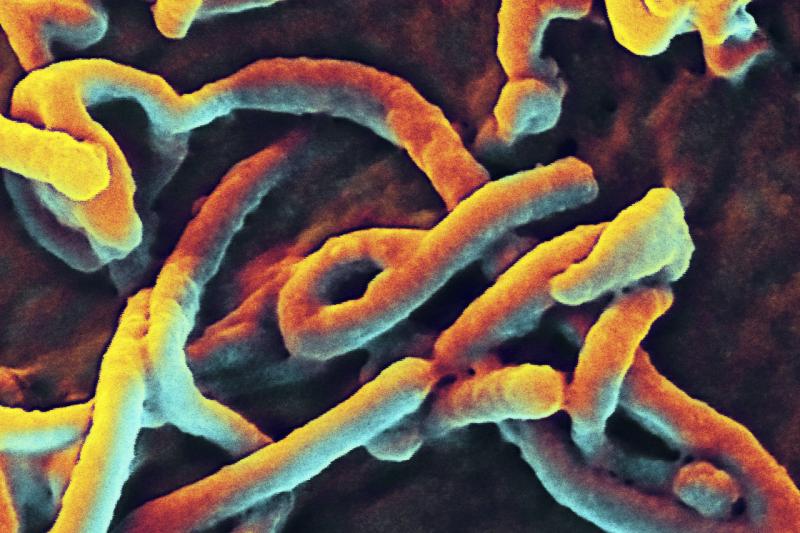
The bacteria that live in our bodies have a pivotal role in the maintenance of our health, and can influence a range of conditions, such as obesity and cancer. Perhaps the most important role for the community of microorganisms that live in our gut — termed the microbiota, which include bacteria, fungi and archaea — is to aid immune-system development. Writing in Nature, Tanoue et al. report the identification of 11 strains of bacteria that reside in the guts of some healthy humans and that can boost immune responses that fight infection and cancer.
Microorganisms in the human gut can affect immune-system cells. Gut bacterial strains have been discovered that boost immune cells that have cell-killing capacity and that can target cancer and protect against infection. Human gut bacteria boost immune cells that have cell-killing capacity.
Read more



















